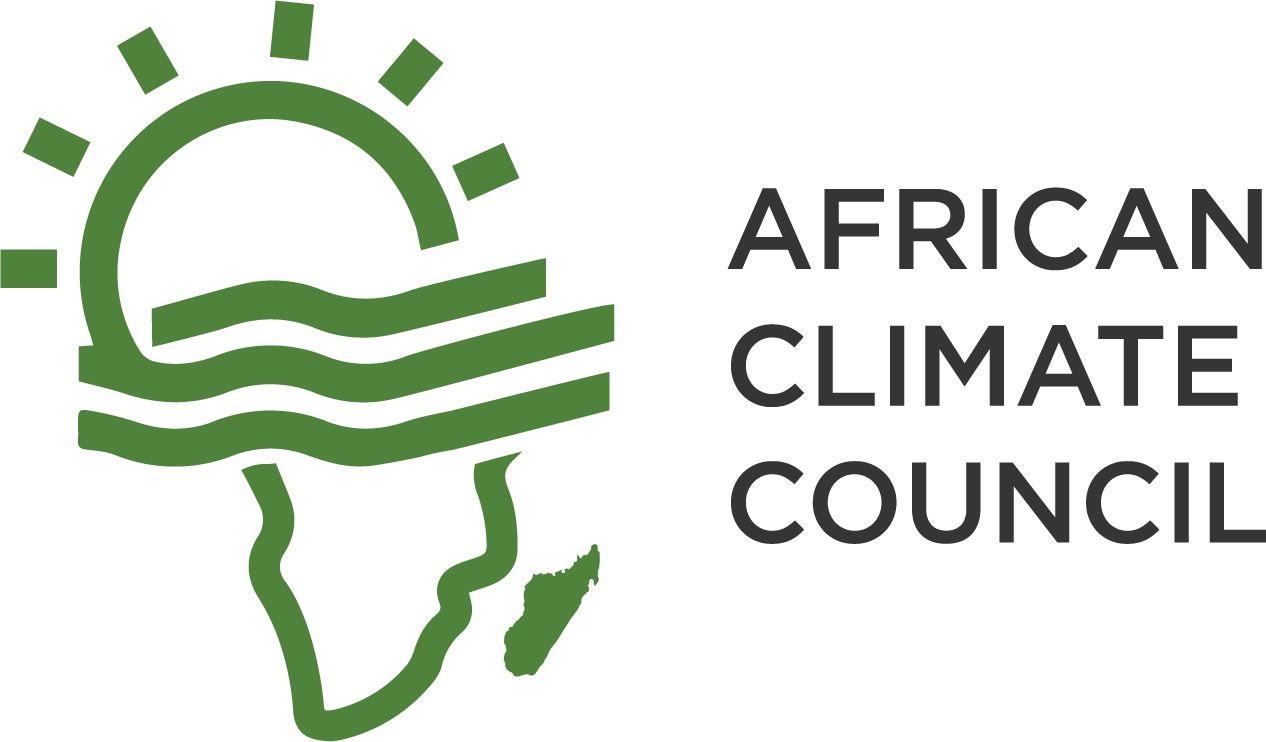
Mali is the latest casualty in the increasing temperatures. The Sub-Saharan country, in early April, recorded its highest temperatures at 48.5 Degree Celsius. This became the hottest April day in Africa’s history. This is especially true in the city of Kayes, which is recording hundreds of deaths due to heat-related conditions.
The heatwave situation is affecting the vulnerable in society, including older people above the age of 60. The age gap accounts for most fatalities. It has more cases of people with chronic illnesses.
School class hours have been limited due to the excess heat. The country joins South Sudan, which closed schools and forced to halt its economic progress due to the heat. Both governments encourage its citizens to find sheds in well-ventilated shelters to avoid cases of dehydration, heat exhaustion, and heat stroke.
Mali’s extreme temperatures are linked to El Niño, a climatic phenomenon that’s elevating both oceanic and atmospheric temperatures.
However, the heat occurences are the opposite of flooding currently witnessed in the Horn of Africa. Nonetheless, both climatic calamities are disrupting sustainable development, each leading to factors like food crisis, drought, deaths, and displacements.
The time is now to create a sustainable environment in Africa, through providing Africans with the resources and opportunity to survive and fight climate change. For instance governments should invest more in renewable energy and cover most lands with forest to control heat waves and El Ninos.


Add a Comment